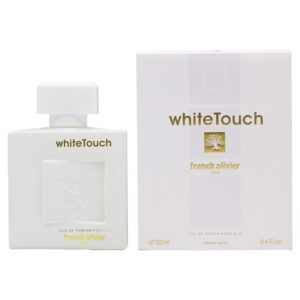Initio Divine Attraction EDP 90mL
You Save: $ 1001
Size 90mL
Made in France
Ships within 2 working days
Provocative and bewitching, Divine Attraction calls on your supernatural powers with a mix of leather and vetiver.
Feed your fantasies with Divine Attraction Eau de Parfum from Initio. A blend of leather and vetiver creates a proactive and almost supernatural accord.
1 in stock
 Free Delivery In 3 To 5 Days
Free Delivery In 3 To 5 Days









Reviews
There are no reviews yet.